The Government Role in Commercialization (Quantum World Congress 2024)
"The Government Role in Commercialization" panel occurred during the Government & Security breakout track at Quantum World Congress 2024 featuring: Nicholas Peters, Oak Ridge National Laboratory; Rima Oueid, Department of Energy; and Julian Martinez-Rincon, Brookhaven National Laboratory.
Nicholas A. Peters is a Distinguished Scientist and the Section Head for Quantum Information Science (QIS) at Oak Ridge National Laboratory. Dr. Peters' research is focused on developing quantum optical approaches for improving networks, sensors, cybersecurity, and computers. After completing his doctoral thesis on photonic entanglement, he spent about a decade working at Telcordia Technologies/Applied Communications Sciences in the Broadband Optical Networking Department before joining Oak Ridge National Laboratory in 2015 as a strategic hire. At ORNL, he has held progressive leadership roles from a Team Lead, to a Group Leader, growing ORNL's QIS e orts leading to the foundation of the QIS section. Nick is co-inventor of 20 US Patents granted and pending, garnering three licenses, and has coauthored more than 125 scholarly publications. He won a Thomas Alva Edison Patent Award, an RD100 award, and was recognized as an American Physical Society Outstanding Referee.
Rima Kasia Oueid is a Senior Commercialization Executive at the U.S. Department of Energy’s Office of Technology Transitions, where she leads market development activities and commercialization of emerging DOE technologies with a focus on quantum information science, transportation, grid modernization, and space-based applications. She builds public private partnerships, identifies use cases, and develops innovative business models to accelerate market adoption and bankability of quantum computing, quantum communications/security, quantum sensing, artificial intelligence, microgrids, and vehicle-to-everything (V2X) technologies. Rima is the architect and lead of the DOE V2X Partnership with major OEMs, utilities, and bidirectional charging companies. She is also a DOE representative on the board of the Quantum Economic Development Consortium (QEDC), serves as the chair of QEDCs Use Case Technical Advisory Committee (TAC) on Quantum Sensing, and a member of the Quantum Computing and Quantum Networking/Communications TACs. Rima previously served in the Office of Policy and the Hurricane Sandy Task Force where she helped facilitate $15 billion in resilient energy infrastructure deployment initiatives. While with the EERE, Rima led a new $600 million energy finance portfolio for states and assisted DOD on a 3GW power purchase agreement initiative. Rima began her career at Accenture helping Fortune 500 companies redesign their business models to leverage cutting edge technologies. Subsequent to Accenture, Rima spent six years in real estate, venture capital, and private equity investing and evaluating investments in residential and commercial real estate, solar, biofuels, solid state light manufacturing, and water purification industries. Rima earned an MBA from the University of Chicago Booth School of Business with concentrations in Finance, Strategy, and Entrepreneurship and selected as a Kauffman Fellow. Rima also holds a Bachelors of Science from the University of Illinois at Champaign/Urbana.
Julián Martínez-Rincón is a scientist in the QIST Department at Brookhaven National Laboratory (BNL) and the manager of the Quantum Network Facility. Julián is part of the team developing the New York State Quantum Internet Testbed, a joint endeavor involving BNL and Stony Brook University. This testbed explores the multifaceted advantages of quantum entanglement distribution, including its applications in secure communication, quantum sensing, and quantum computing. Julián also serves as the Vice-Chair to the Standards & Performance Metrics Technical Advisory Committee in the Quantum Economic Development Consortium (QED-C). Julián is an experimental AMO physicist by training, holding a PhD in physics from the University of Rochester in 2017. Prior to his affiliation with BNL, he was a postdoctoral researcher at Stanford University. During this period, he orchestrated the development of pioneering techniques harnessing quantum entanglement to enhance the performance standards of atomic clocks and atom interferometers.
To learn more about Quantum World Congress, please visit quantumworldcongress.com





